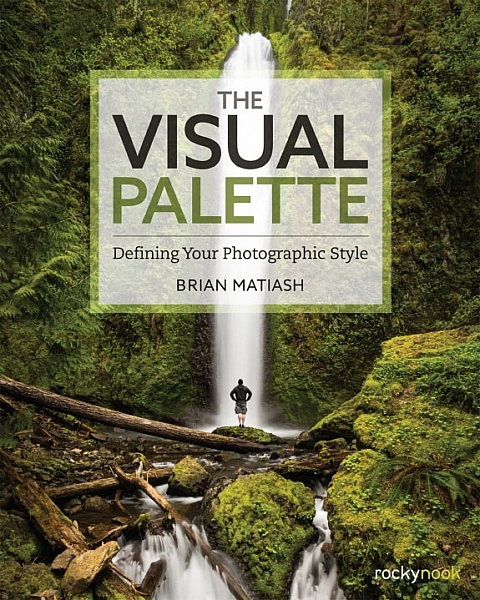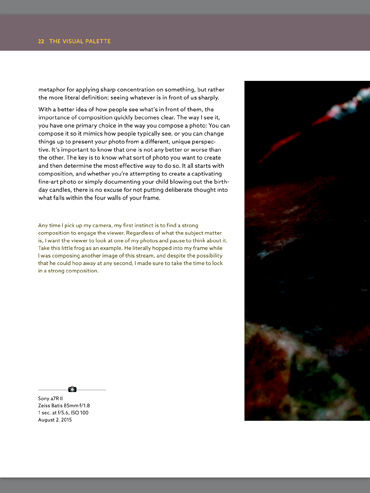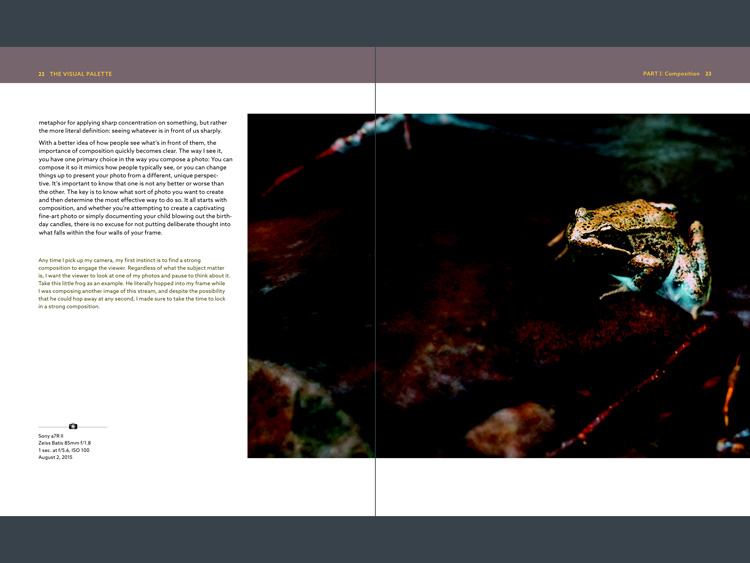 |
| Brian Ach is an editorial and commercial photographer. |
As photographers, most of our focus is on capturing images—finding good material and getting shots with all the gear we’ve spent so much time and money accumulating—but what happens next? For a lot of us, we download the images to a computer and edit a handful that catch our eye, and then… well, there are more photo shoots to pursue. Maybe we’ll apply some keywords, perhaps mark a few favorites, but too often the photos we worked so hard to create are just dumped onto a hard disk and forgotten. We know we should do better, but who has the time?
Professional photographers, that’s who.
To learn how a pro handles this process, I talked to Brian Ach, who frequently photographs celebrity portraits, high-profile events, and glamorous autos for numerous clients. You may remember his work from his stint as Prince’s official photographer during the musician’s 2011 international tour (the photos he returned to after Prince’s passing in “Purple Reign: Photographer Brian Ach shares his experiences of working with Prince”). He outlined his entire workflow, from preparing to leave for an event through handing off final images and making sure everything is backed up.
Brian’s outlined his entire workflow, from preparing to leave, through handing off final images and making sure everything is backed up
Although a professional’s workflow is different from that used by most photographers, there are aspects anyone can use in their own workflow to better manage their library.
 |
| A man of many skills, Brian shoots everything from rock and roll world tours to automotive ads. Shown here: Journey at Prudential Center in Newark, New Jersey. |
Understanding Expectations
To get a sense of how Ach’s workflow may differ from most photographers’ approaches, I asked him to describe the types of high-pressure assignments that he encounters. In most cases, time is the number one factor at play.
“If I’m shooting an event for Getty or WireImage or AP Images, time is of the essence,” he said. “If you’re doing the red carpet and don’t have an onsite editor, you want to turn around your best pictures as quickly as possible and get them up on the wire so you can get placement and, basically, make money. From the end of the event, the goal is to have everything captioned and up on the site in two hours. That’s the worst case scenario—you’re really looking to do it quicker than that. Often it will be trying to get your top 10 or 15 pictures out in 45 minutes or less.”
‘Always import your card immediately after you’re done shooting.’
He noted that when shooting a big job like the Academy Awards or the Tony Awards, photographers are usually hard-wired via Ethernet cables to editing stations on site where editors send images out as soon as possible. Sometimes he shoots the red carpet as a solo photographer, where there may be on-site runners who collect memory cards every 15 or 20 minutes from each photographer to deliver to editors. And, of course, there are plenty of events where he’s responsible for everything.
“Usually when I’ve worked with Getty, it’s what they call a hired job,” he said. “I’m often the guy inside the party, which means I’ll have an editor on site. You have 1500 frames and you need to send them out as soon as possible because you want to beat everybody else and get the stuff out correctly.”
 |
| When shooting a high-profile event, it is essential to get your photos up on the wire before other photographers. |
During the Shoot
Regardless of which type of event he’s shooting, Ach has developed a consistent workflow through years of hard-won experience.
“I do everything the exact same way every time, because once you have a workflow, you do it the way you do it,” he said. “If you change anything—you have to trust me on this—you will screw it up in a big way. Something will happen. It took me probably my first year-and-a-half to two years, no lie, just to get a workflow.”
Usually we think of photo workflow as the process that begins after you’re done shooting, but for Ach it’s earlier than you might expect: in his studio preparing to leave, formatting cards and making sure batteries are charged.
‘I always keep fresh cards in my right pocket. Cards that I’ve shot on, I keep in my left pocket.’
“It’s very hard for me to separate out the workflow from shooting,” he said. “When I get to the event, if I know I’m shooting multiple cards I always keep fresh cards in my right pocket. Cards that I’ve shot on, I keep in my left pocket. Always. I’ve learned not to put them back in the bag, or put them in my jacket or anything like that. Right pocket, fresh cards. Left pocket, used cards. So after I shoot the event, I come back to the studio. Whatever is still in my right pocket I just put back in the bag.”
 |
| Celebrity portrait shoots are another high pressure assignment that Brian specializes in – he often has only a few minutes with his subjects to nail the shot. Shown here: Director and screen writer Christopher McQuarrie. |
We’ve all received the advice that it’s best to capture photos correctly in-camera, but in environments like these, it’s even more critical.
“White balance and exposure are two of my biggest things,” he said. “Put a gel on your flash, create a custom white balance, and then get it right [before the event begins]. I don’t want to have to waste the time afterward processing it. It sounds so obvious, but it’s not if your editor has to tweak your white balance for every shot and you’ve got 100 shots and your red carpet photos are coming out slightly yellow. The editor may not have time to do it—they may need to just send it out.”
To assist editors, or for his reference later if he’s doing the editing, Ach will mark images during the shoot that stand out, using a camera’s built-in tagging or image-protection features.
‘Go out and over-shoot everything and be brutal on yourself when evaluating’
“You can help your editor by tagging certain photos that are very good or very important,” he said. “You’re not trying to tell the editor how to do their job; you’re simply saying ‘here’s that photo.’ They can look at the previous 10 or 15 frames, or the 10 or 15 afterward, and pick whatever they think is best based on your recommendation.”
And how does one know which images rise above the others? “It’s training your eye,” he said. “Look at books, look at everything and try to figure out what makes them good. And then go out and over-shoot everything and be brutal on yourself [when evaluating them].”
Ach mentioned he once shot New York Fashion Week events and had a day where he shot 17,000 frames. “Thank God I had an editor who was very good, and he was able to quickly whittle that down,” he said. “It’s just pattern recognition, and knowing what the shot is and what’s good. And the only way you can get better at that is shooting a lot and looking at a lot.”
 |
| Not all of Brian’s assignments involve models and celebrities. |
Articles: Digital Photography Review (dpreview.com)

















You must be logged in to post a comment.